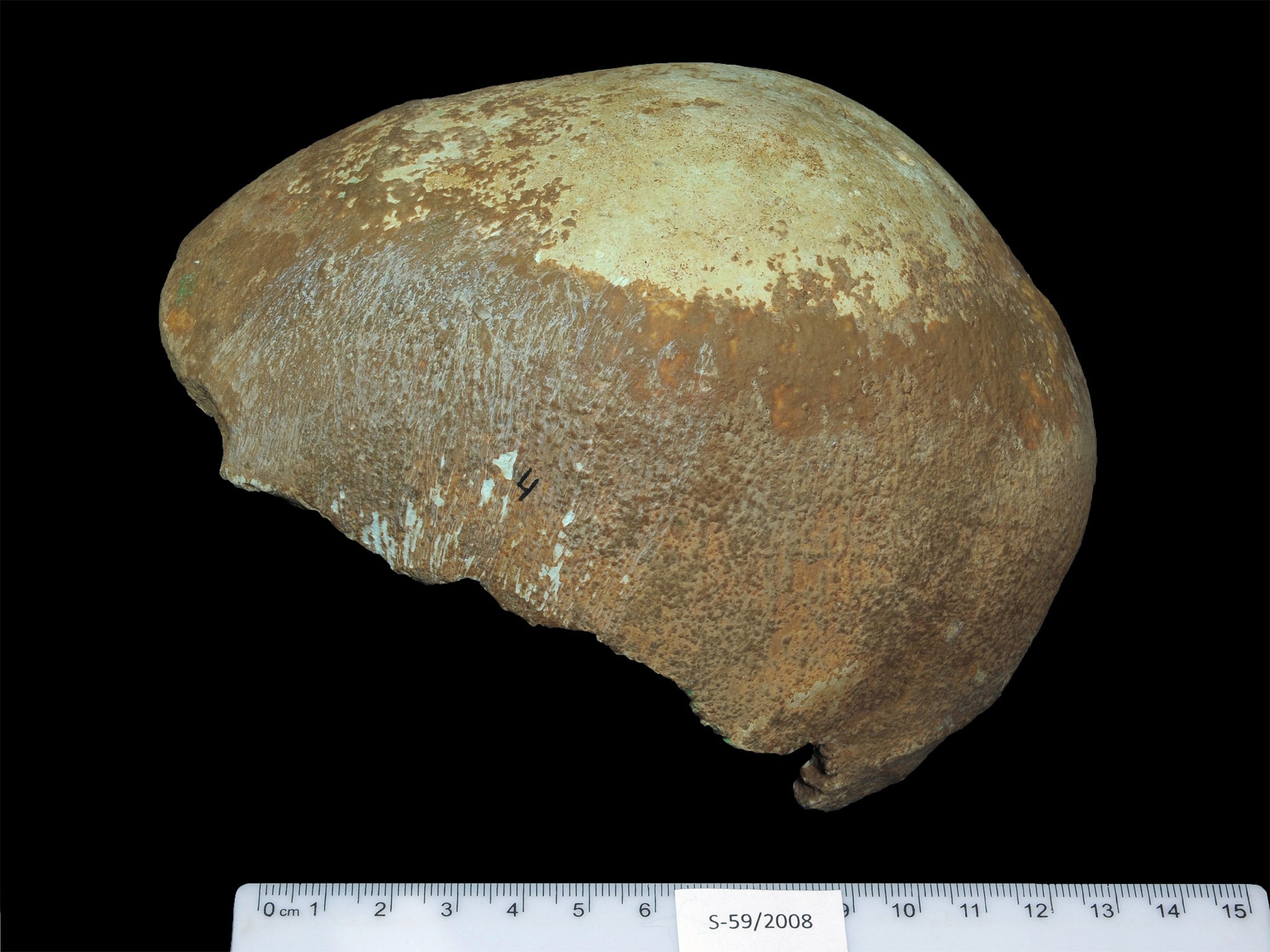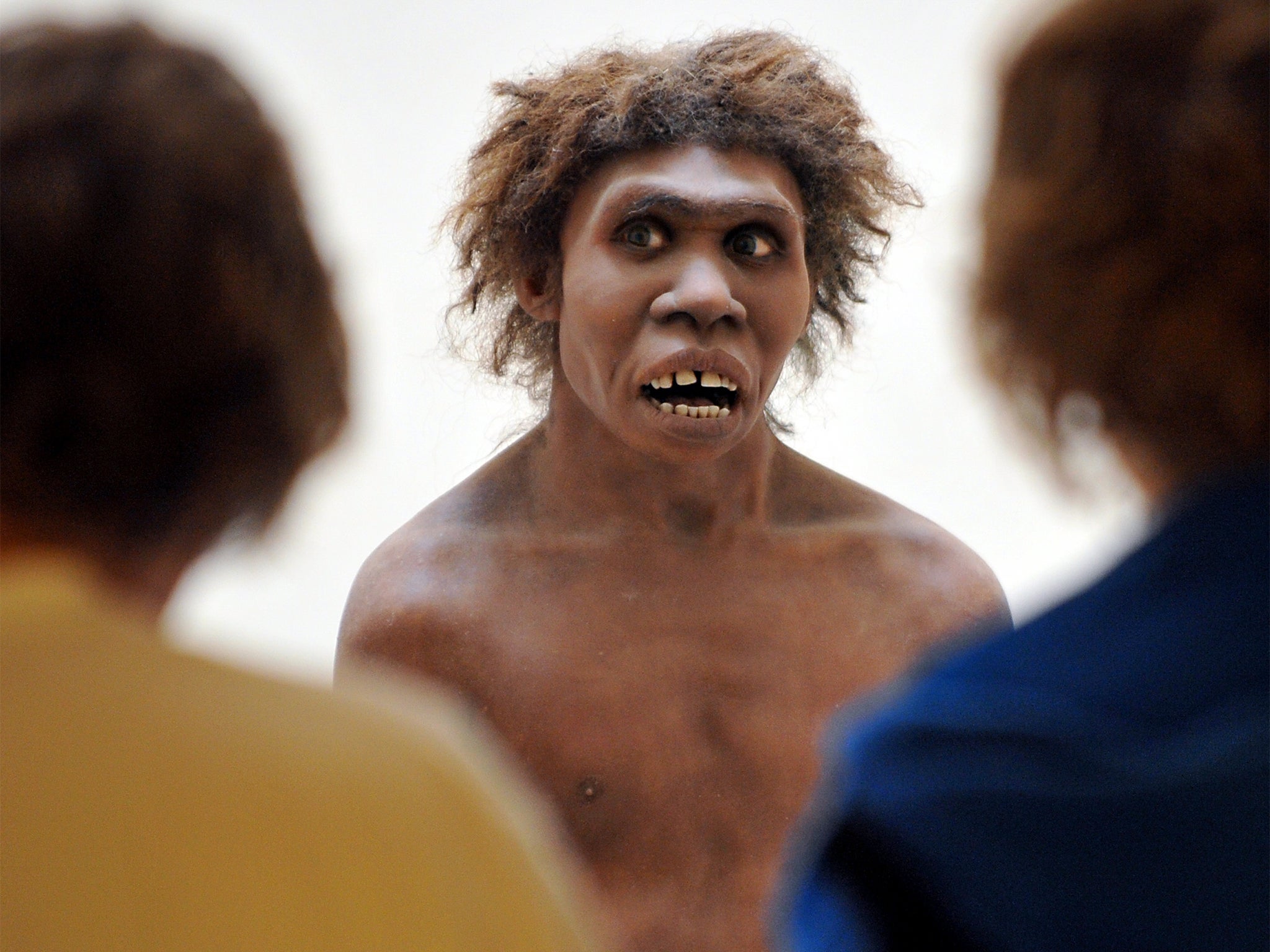Human skull discovery in Israel proves humans lived side-by-side with Neanderthals
Scientists unearthed the cranial fragments from Manot Cave in West Galilee

Your support helps us to tell the story
From reproductive rights to climate change to Big Tech, The Independent is on the ground when the story is developing. Whether it's investigating the financials of Elon Musk's pro-Trump PAC or producing our latest documentary, 'The A Word', which shines a light on the American women fighting for reproductive rights, we know how important it is to parse out the facts from the messaging.
At such a critical moment in US history, we need reporters on the ground. Your donation allows us to keep sending journalists to speak to both sides of the story.
The Independent is trusted by Americans across the entire political spectrum. And unlike many other quality news outlets, we choose not to lock Americans out of our reporting and analysis with paywalls. We believe quality journalism should be available to everyone, paid for by those who can afford it.
Your support makes all the difference.The partial skull of an anatomically modern human who lived alongside the Neanderthals about 55,000 years ago has been unearthed from a cave in northern Israel, scientists say.
It is one of the oldest non-African skulls of Homo sapiens and comes close to the date when modern humans migrated out of Africa, eventually to colonise Asia, Europe, Australia and the Americas.
Scientists unearthed the cranial fragments from Manot Cave in West Galilee, a prehistoric site with an impressive archaeological record of flint and bone artefacts. Dating has placed the skull within the period 50,000 to 60,000 years ago, a time when Neanderthals were also known to have inhabited the same region.
“Modern humans and Neanderthals likely encountered each other foraging for food,” Dr Latimer said.
Modern humans share a small percentage of their DNA with Neanderthals, suggesting that limited interbreeding had taken place at some point in the past. However, it is not known when this contact took place, or whether it had occurred somewhere in Europe or the Middle East.
The overall shape of the Manot cranium is more similar to the ancient fossil skulls found in Europe compared to other modern human skulls found in the Middle East, according to the study published in Nature led by Israel Hershkovitz of Tel Aviv University.
“This suggests that the Manot people could be closely related to the first modern humans who later successfully colonised Europe,” the authors said, adding that the skull suggests that interbreeding with Neanderthals could have taken place in the Middle East rather than in Europe.
Professor Chris Stringer, head of human origins at the Natural History Museum in London, said the skull is the first “well dated” modern human to have lived in the time frame when interbreeding with Neanderthals was a possibility.

“Without accompanying DNA data it is impossible to say whether the Manot skull contains Neanderthal DNA from an interbreeding event, but its resemblance to [Europeans and Africans] suggests that any Neanderthal influence on its skull shape is minimal.” Professor Stringer said.
“Manot might represent some of the elusive first migrants in the hypothesised out-of-Africa event about 60,000 years ago, a population whose descendants ultimately spread right across Asia, and also into Europe,” he said.
“Its discovery raises hopes of more complete specimens from this critical region and time period,” he added.
Join our commenting forum
Join thought-provoking conversations, follow other Independent readers and see their replies
Comments